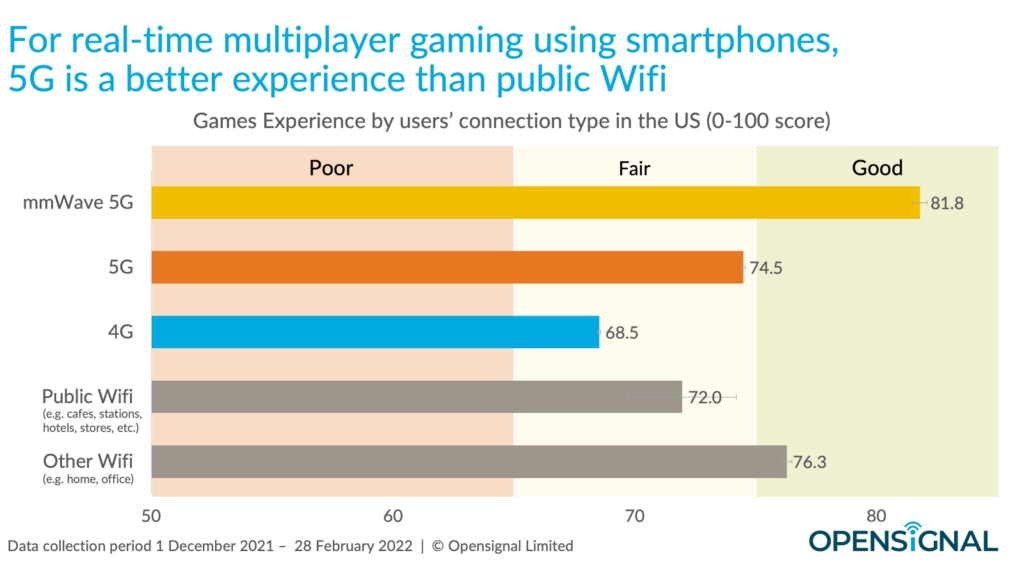In 1994, Peter Shor introduced one of the earliest algorithms for quantum computers, known as Shor’s algorithm. This algorithm has the ability to quickly factorize large numbers, posing a significant threat to digital security which heavily relies on mathematical encryption methods.
The emergence of quantum computers has raised concerns about the vulnerability of current cryptographic systems. To address this, the US National Institute of Standards and Technology (NIST) initiated a competition in 2016 to develop post-quantum cryptographic algorithms. After rigorous evaluation, NIST announced the finalization of three standardized post-quantum algorithms, with the fourth expected to be released soon.
These algorithms, named CRYSTALS-Kyber, CRYSTALS-Dilithium, Sphincs+, and FALCON, are designed to withstand attacks from future quantum computers. They utilize lattice-based cryptography and hash-based methods, ensuring robust security against potential threats.
The release of these algorithms includes detailed instructions for implementation and usage, aiming for widespread adoption to enhance digital security across various platforms. The transition to post-quantum cryptography is essential to safeguard sensitive information and prevent potential breaches by malicious actors.
While the timeline for quantum computers overpowering traditional encryption methods remains uncertain, the urgency to implement post-quantum cryptography is evident. Early adoption of these advanced algorithms is crucial to mitigate risks associated with data breaches and unauthorized access to confidential data.
Leading technology companies such as Signal, WhatsApp, Google Messages, and Apple have already integrated post-quantum cryptography into their messaging platforms, demonstrating a proactive approach towards enhancing data security.
As research continues to explore alternative encryption methods and quantum-based communication systems, NIST remains committed to developing backup algorithms to ensure data protection in the face of evolving cyber threats. The emphasis on proactive security measures underscores the importance of staying ahead of potential vulnerabilities in digital communication networks.
Overall, the transition to post-quantum cryptography signifies a pivotal moment in the realm of digital security, paving the way for enhanced data protection and resilience against emerging cyber threats.
(Image Credit: IBM)



